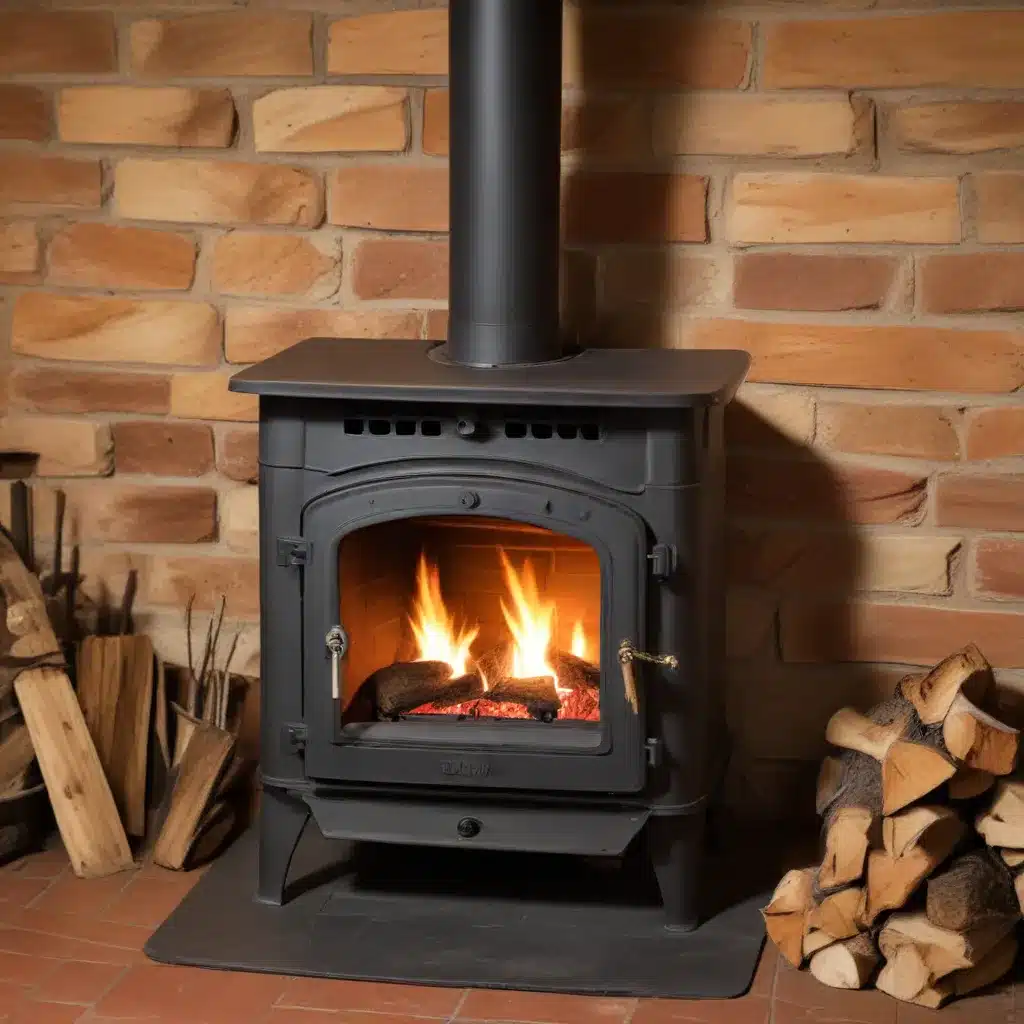
Understanding the Basics of Wood Stove Efficiency
As a seasoned expert in wood stoves and heating solutions, I’ve seen firsthand how these versatile appliances can dramatically improve home comfort and reduce energy bills. However, maximizing the efficiency of a wood stove requires a thoughtful approach. In this comprehensive guide, we’ll explore practical tips and in-depth insights to help you boost your wood stove’s performance and keep your heating costs in check for the long term.
Factors Affecting Wood Stove Efficiency
The efficiency of a wood stove is influenced by a variety of factors, including the design of the stove, the quality of the fuel, and the way the stove is operated. Some of the key factors that can impact efficiency include:
- Stove Design: Modern high-efficiency wood stoves are engineered to burn wood more completely, extracting more heat from the fuel and minimizing emissions. Older models may not be as efficient.
- Fuel Quality: Dry, well-seasoned hardwoods like oak, maple, or birch tend to burn cleaner and more efficiently than softwoods or green, unseasoned wood.
- Airflow Management: Proper air intake, distribution, and control are essential for achieving a hot, complete burn that maximizes heat output.
- Stove Maintenance: Regular cleaning, chimney sweeping, and addressing any issues with the stove or its components can significantly improve efficiency.
Understanding these factors is crucial in identifying opportunities to enhance your wood stove’s performance and reduce your heating expenses.
Optimizing Wood Stove Efficiency
Choosing the Right Wood Stove Model
When shopping for a new wood stove, it’s important to select a model that is properly sized for your home and heating needs. Visiting the website of a reputable wood stove manufacturer like https://woodstoveheaters.com/ can provide valuable guidance on choosing the right stove. Look for stoves with high efficiency ratings, as these models are designed to extract the most heat from the fuel while minimizing emissions.
Proper Wood Stove Installation
Correct installation is crucial for maximizing the efficiency and safety of your wood stove. Ensure that the stove is placed on a level, non-combustible surface and that the chimney or flue is properly installed and vented to the outside. Consult a professional installer or refer to the manufacturer’s instructions to ensure your wood stove is set up correctly.
Maintaining a Hot, Efficient Burn
One of the keys to improving wood stove efficiency is maintaining a hot, complete burn. Here are some tips to help you achieve this:
- Use Seasoned, High-Quality Firewood: Dry, well-seasoned hardwoods like oak, maple, or birch will burn hotter and more efficiently than softwoods or green, unseasoned wood.
- Load the Stove Properly: Arrange the wood in a way that allows for good airflow and promotes a consistent, hot burn.
- Adjust the Air Intake: Carefully control the air intake to provide the right amount of oxygen for efficient combustion, avoiding both smoldering and excessive heat loss.
- Avoid Overfilling the Stove: Overfilling can lead to incomplete combustion, reduced efficiency, and the potential for creosote buildup in the chimney.
Incorporating Outside Air Supply
Some experts recommend using an outside air supply to improve wood stove efficiency. By drawing air directly from the outdoors rather than relying on indoor air, you can ensure a steady, consistent supply of oxygen for combustion, which can boost the stove’s performance.
Regular Maintenance and Cleaning
Proper maintenance is essential for maintaining the efficiency and safety of your wood stove. Regular cleaning of the stove, chimney, and other components can help prevent buildup of creosote and other deposits that can impede airflow and reduce heat output. Additionally, addressing any issues with the stove, such as worn gaskets or damaged parts, can help restore its efficiency.
Considerations for Upgrading or Replacing Your Wood Stove
If your current wood stove is an older model or is not performing as efficiently as you’d like, it may be time to consider an upgrade or replacement. As noted in the Reddit discussion, some sales managers have advised against purchasing the latest high-efficiency models, claiming they are less effective than older models. However, this advice may not always be accurate, as modern wood stoves have undergone significant advancements in design and technology.
When evaluating your options, consider the following:
- Efficiency Ratings: Look for wood stoves with high efficiency ratings, as these models are designed to extract the most heat from the fuel while minimizing emissions.
- Heating Capacity: Ensure the stove is properly sized for the space you need to heat, as an undersized or oversized stove will not perform as efficiently.
- Emission Standards: Newer wood stoves are required to meet stricter emission standards, which can improve overall efficiency and reduce the environmental impact.
- Fuel Flexibility: Some wood stoves are designed to burn a variety of fuels, such as pellets or corn, providing additional options for cost-effective and efficient heating.
Ultimately, the decision to upgrade or replace your wood stove should be based on a careful evaluation of your specific heating needs, budget, and long-term energy efficiency goals.
Maximizing the Cost-Effectiveness of Wood Heating
While a fireplace may not significantly reduce your electricity bill in the Midwest during the winter months, a high-efficiency wood stove can be a highly cost-effective heating solution. By following the tips outlined in this article and investing in a well-designed, properly installed wood stove, you can dramatically lower your heating costs and enjoy the cozy ambiance of a wood-burning fire.
Remember, the key to maximizing the cost-effectiveness of wood heating is to focus on efficiency. By choosing the right wood stove, maintaining it properly, and using high-quality, seasoned firewood, you can significantly reduce your heating expenses and enjoy the many benefits of this sustainable heating method.


